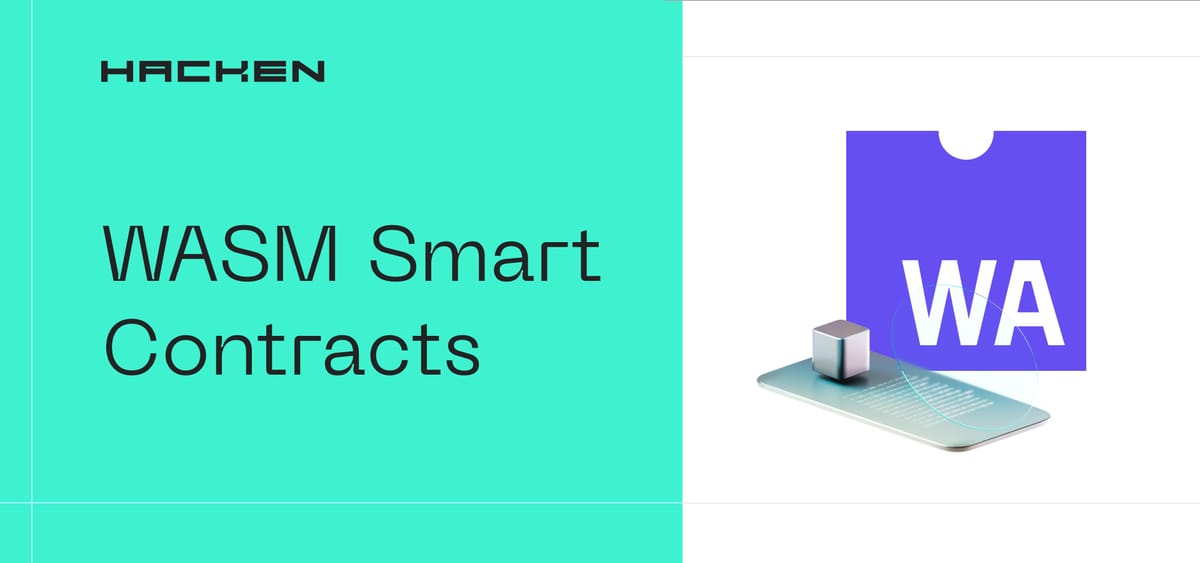WebAssembly (WASM) Smart Contracts: Their Role In Future Blockchain Ecosystems
WebAssembly has emerged as a portable and performance-oriented virtual machine, making it an appealing target for Web3 developers.

The primary approach for creating smart contracts involves using languages specifically designed for the Ethereum Virtual Machine (EVM), such as Solidity and Vyper. While these languages were purpose-built for Ethereum, when compiled to 256-bit runtimes, the EVM smart contracts inadvertently face slower execution times.
Enter, WebAssembly, or Wasm. With its ability to match the semantics of a CPU architecture like ARM or x86, Wasm paves the way for near-native execution. Let’s explore how Wasm modular blockchain apps can transform Web3.
Introduction to WebAssembly
WebAssembly (Wasm) is a binary instruction format for a stack-based virtual machine. It has four number types of 32- and 64-bit integers and floats (i32, f32, i64, and f64) and uses linear memory. Wasm has rapidly emerged as a portable, performance-oriented solution that is compatible with most web browsers. This makes it an appealing target for most Web3 developers.
With its minimalistic design and superior execution efficiency, Wasm is widely adopted by prominent blockchain platforms, including Radix, Near, and EOSIO, where it serves as the runtime for smart contracts.
The full list of blockchain protocols supporting compilation to Wasm is steadily growing.




